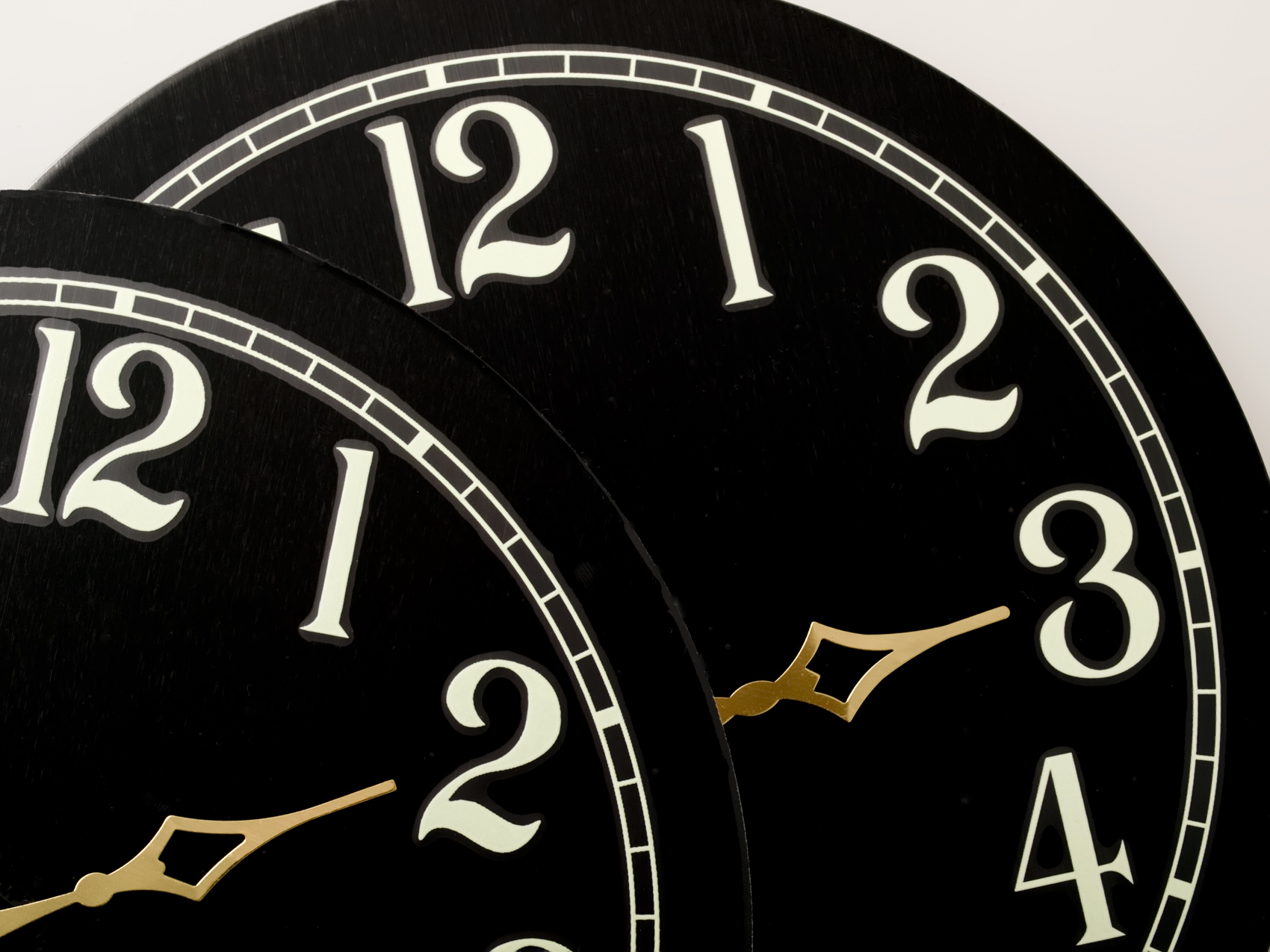You've heard the terms before: Spring forward, fall back.
Daylight saving time will soon come to an end, which means we will soon turn our clocks back a full hour. And while many may see it as an extra hour of sleep, for others, it marks time when the days get shorter and darker.
And for some, the change can even have significant health impacts on a person's body.
Here's a look at when daylight saving time is coming up, how long it lasts and more.
Get top local stories in DFW delivered to you every morning. Sign up for NBC DFW's News Headlines newsletter.
When Is Daylight Saving Time?
In the United States, daylight saving time lasts for a total of 34 weeks, running from early-to-mid March to the beginning of November in those states that observe it.
Earlier this year, Americans set their clocks one hour ahead when Daylight Saving Time began on March 13.
When Daylight Saving Time ends on Nov. 6, Americans will set their clocks back one hour.
Under the conditions of the Energy Policy Act of 2005, daylight saving time starts on the second Sunday in March and ends on the first Sunday in November, representing an extension from previous years.
Before that, the clocks had sprung ahead on the first Sunday in April and remained that way until the final Sunday in October.
Will Daylight Saving Time Ever Become Permanent?
Earlier this year, the senate passed unanimously passed legislation to make Daylight Saving Time permanent.
According to Reuters, at least 30 states have introduced legislation to end the practice of changing times each year, and Rep. Frank Pallone cited a study that suggested 71% of Americans are in favor of ending the time change each year.
Supporters of the bill, including co-sponsor Sen. Marco Rubio, said that giving children an additional hour of sunlight after school will allow for safer trips home, more time spent outdoors and other health benefits. He also argued that there would be economic benefits to such a change.
However, according to a July article from The Hill, the bill has hit a "brick wall" in the House. “We have so many other priorities, but it doesn’t mean because it’s not a priority that we’re not trying to work on it. We are,” Rep. Pallone said, later adding, “If we can accomplish anything, it wouldn’t be until the fall.”
What Are the Benefits of Daylight Saving Time?
According to the Department of Transportation, Daylight Saving Time has a number of benefits. The DOT's website highlights the following:
- It saves energy. During Daylight Saving Time, the sun sets one hour later in the evenings, so the need to use electricity for household lighting and appliances is reduced. People tend to spend more time outside in the evenings during Daylight Saving Time, which reduces the need to use electricity in the home. Also, because the sunrise is very early in the morning during the summer months, most people will awake after the sun has already risen, which means they turn on fewer lights in their homes.
- It saves lives and prevents traffic injuries. During Daylight Saving Time, more people travel to and from school and work and complete errands during the daylight.
- It reduces crime. During Daylight Saving Time, more people are out conducting their affairs during the daylight rather than at night, when more crime occurs.
What Effect Does Daylight Saving Have on Your Body?
The American Academy of Sleep Medicine has been for years been calling for a permanent switch to standard time, saying "there is ample evidence of the negative, short-term consequences of seasonal time changes."
Dr. Kathy Sexton-Radek, a consultant for the AASM Public Safety Committee and professor of psychology with a special interest in sleep medicine at Elmhurst College, said the time change can "skew or put off center the normal systems that trigger structures within our mind, within our brain that tell us through hormone cues and brain chemistry when it's time to be awake and when it's time to be asleep."
"The movement in time creates a type of need for orientation and reacclimating, which puts a person off-center," she told NBC 5 Chicago.
Such shifts can cause mood changes, fatigue, concentration issues, and more, Sexton-Radek said.
"Light is the most powerful timing cue for the human body clock,” Erin Flynn-Evans, who has a doctorate in health and medical science and is director of the NASA Ames Research Center Fatigue Countermeasures Laboratory, said in a statement. “Shifting to permanent daylight saving time in the winter would result in more darkness in the morning and more light in the evening, leading to misalignment between the body’s daily rhythm and the timing of routine social obligations, like work or school. That has the potential to make it harder for most people to fall asleep at night, disrupting sleep quality and leading to sleep loss, which can negatively impact health and safety.”
What Are Signs Your Body Is Not Properly Adjusting?
According to Sexton-Radek, mood changes, fatigue and an inability to concentrate are some of the biggest indicators.
"I think suddenly the sense of feeling annoyed or irritated because of something that was not detected might bring the person's attention to the idea that they weren't fully able to concentrate, the fatigue, perhaps a sleepiness was stealing some of their attention and their concentration ability," she said.
What Can You Do to Make the Shift Easier on Your Body?
AASM recommends the following tips for managing the time change:
- Get at least seven hours of sleep (for adults) or eight hours of sleep (for teens) per night before and after the time change.
- Gradually adjust your sleep and wake times. Shift your bedtime 15 to 20 minutes earlier each night for a few nights before the time change.
- Adjust other daily routines — such as mealtimes — to match your new schedule prior to the time change.
Sexton-Radek also suggests using relaxation techniques to ensure you go to bed at the right time.
She suggests using calming apps or music, light physical activity like yoga or stretches or writing checklists to take tasks off your mind.
"Clearing one's mind is sometimes easier said than done, but finding an individualized approach that's useful," she said.
This can also be helpful not just in the lead-up to DST, but for those struggling with the adjustment, Sexton-Radek said.
"[Some people] might feel a little, just a smidge, a bit stymied with this. They're not quite on their mark," she said. "And that's also a telltale sign to themselves some self care, relaxation, a small rest, some bright light outside that's alerting but not in a harsh way."



